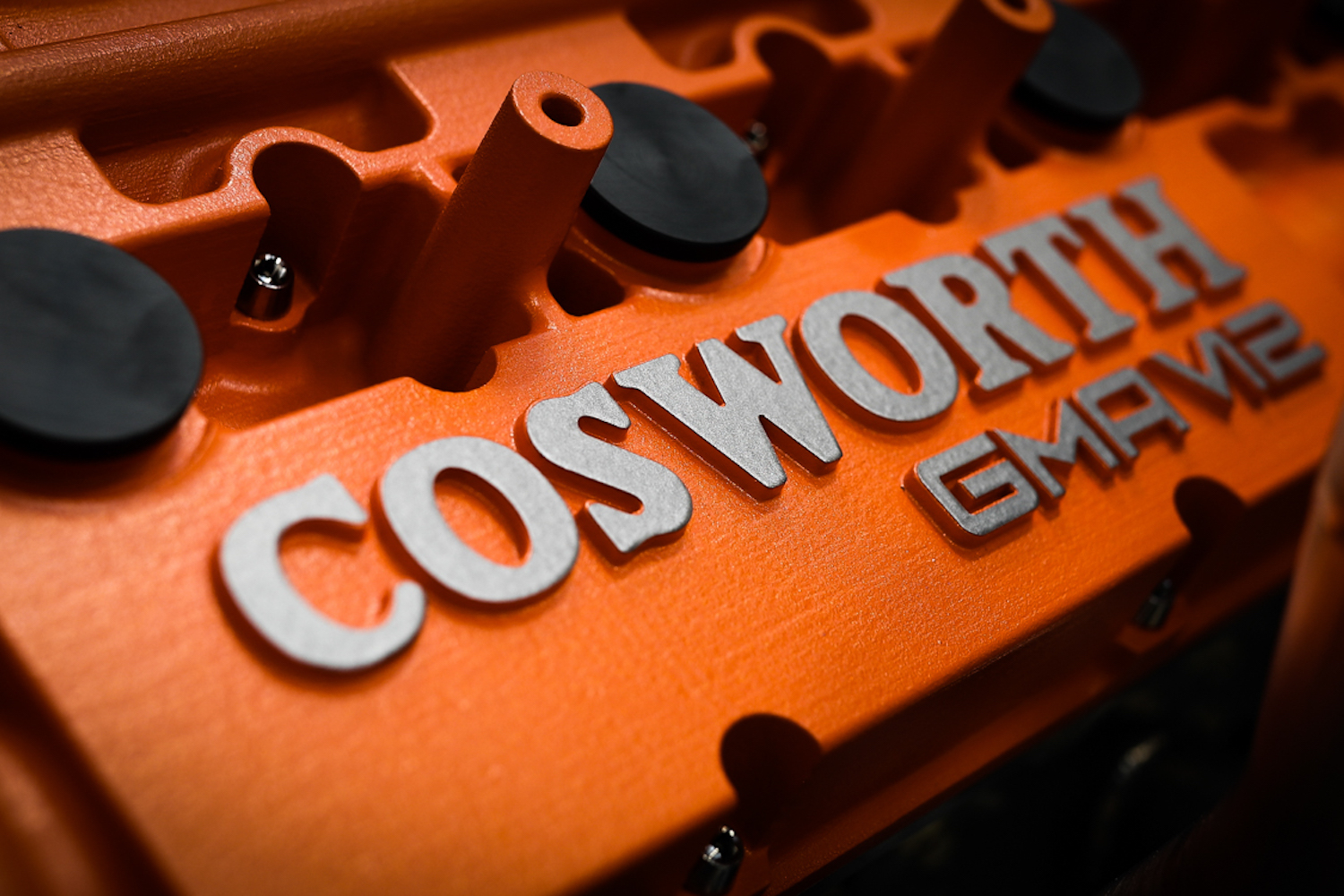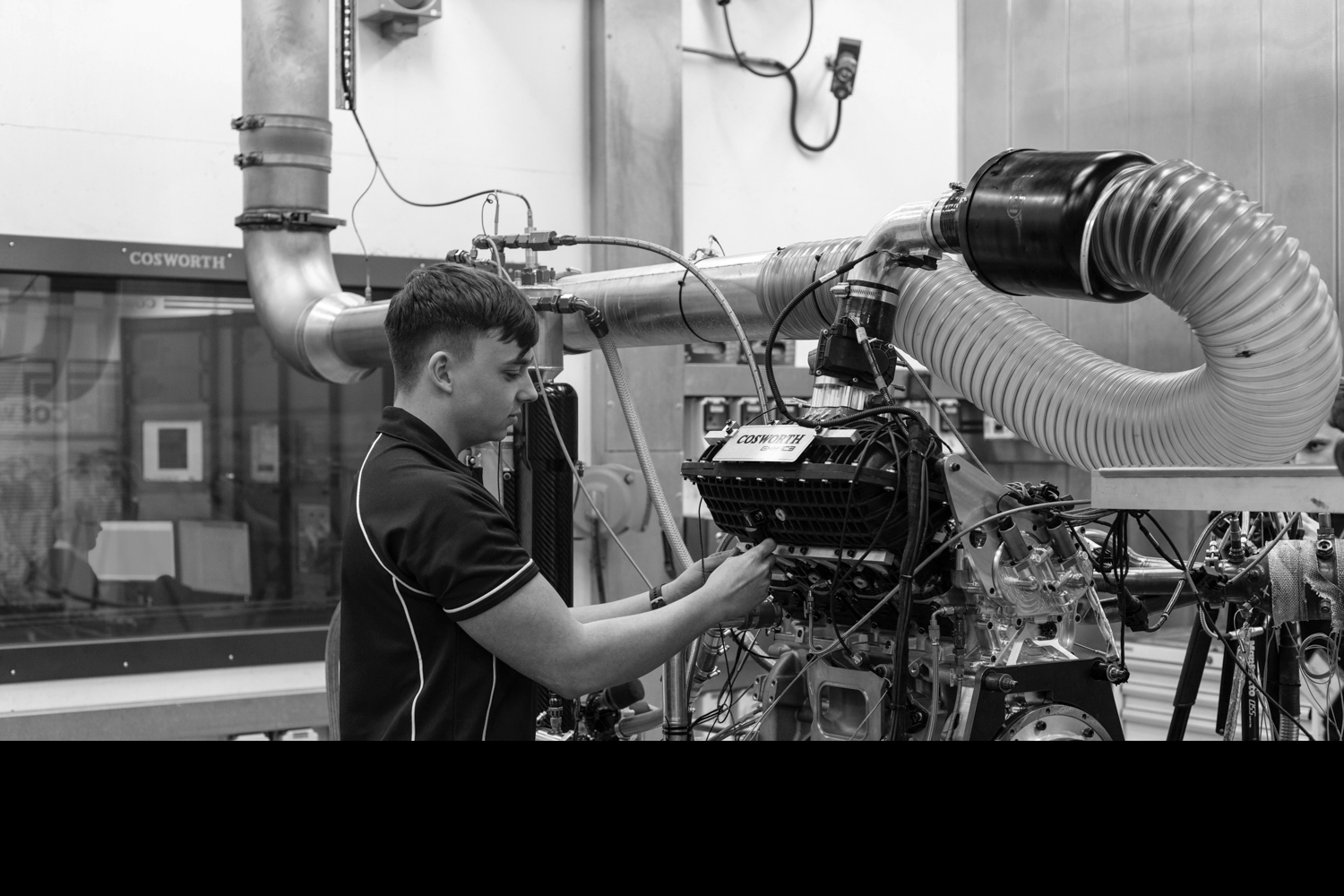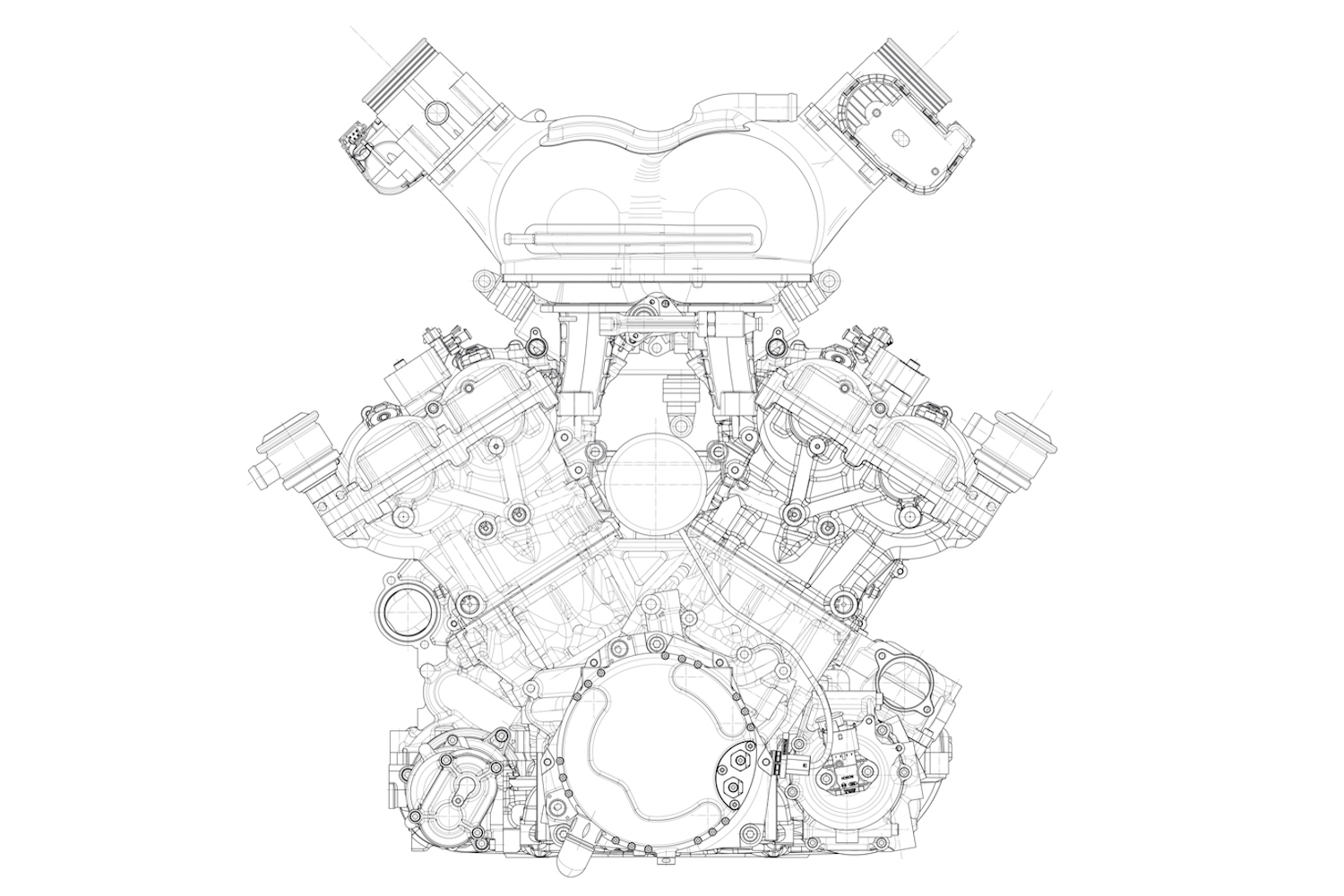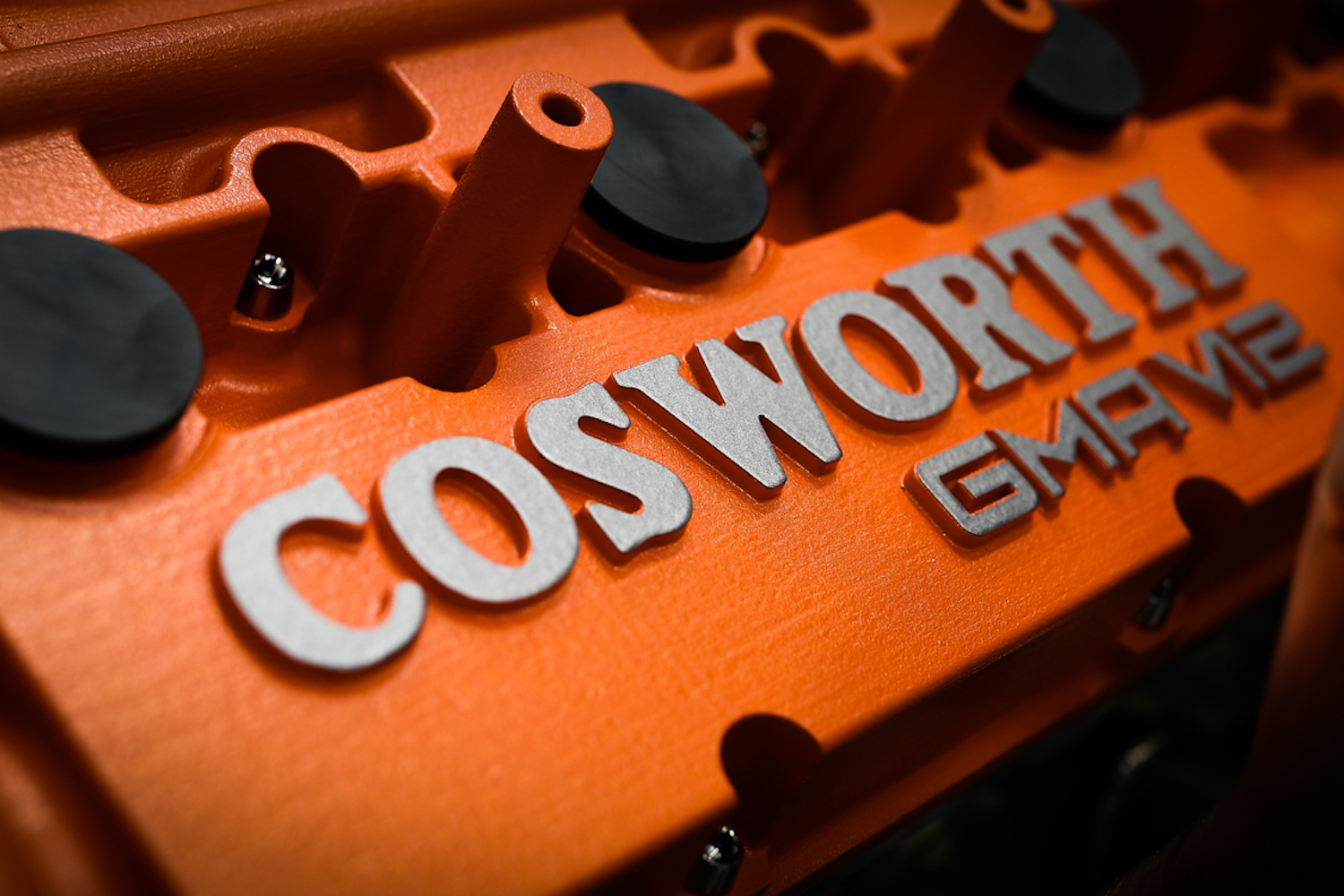If you're going to build a 'Formula One car for the road' then you'd better be prepared to put a decent engine into it. Well, unsurprisingly, Gordon Murray has done just that with the mighty Cosworth-built V12 engine for his new T.50 hypercar.
3.9 litres and 633hp
Murray is something of a god amongst petrolheads. Having designed Formula One cars for drivers such as Niki Lauda, Nelson Piquet, Alain Prost, and Ayrton Senna, he then went on to create the McLaren F1 supercar, which for decades was the fastest car in the world, and which was the last true road-car to win the Le Mans 24hrs.
Now, Murray is designing his own-brand hypercar, called the T.50, just 100 of which will be built. "More than half of any truly great driving experience is delivered by the engine, so right from the start I set the highest possible benchmark - to create the world's greatest naturally-aspirated V12" says Murray. "To be truly remarkable, an engine needs to have the right character; highly-responsive, an amazing sound, engaging torque delivery, free-revving, and it has to be naturally aspirated. For all those reasons, the engine in the T.50 was never going to be anything other than a V12."
To hit all of those marks, Murray turned to engine experts Cosworth, which created for him a compact, light, 'GMA' V12 engine, displacing 3.9 litres, and revving to a stratospheric 12,000rpm. Power? Oh yes, it has power. Plenty. How much? 663hp to be exact, with 467Nm of torque chiming in at a faintly ridiculous 9,000rpm (although Murray says that 71 per cent of that torque is available from as little as 2,500rpm, so the T.50 will be tractable around town).
Inspired by Honda's F1 V12
The design of the engine draws on Murray's experience with racing engines, such as the legendary Honda Honda RA121E V12 engine that powered the McLaren MP4/6 Formula One cars in the early nineties. "Ultra-light components, intelligent packaging and a really fast engine response all come directly from my 20 years' experience in Formula One. It also informs how everything is driven - the T.50 has no belts, it's all gear-driven - a direct inheritance from the pinnacle of motorsport" he says.
Bruce Wood, Cosworth Managing Director said "The criteria and benchmarks set by Gordon for the T.50 engine comprised one of the toughest engine briefs we've ever taken on. It pushes the boundaries in every direction and it is a genuine thrill for everyone at Cosworth to be part of what will surely become as fabled a vehicle as Gordon's McLaren F1 before it.The programme has taken Cosworth to new heights and, although only time will tell, it already feels like the GMA V12 has the potential to be one of the most iconic engines of all time."
All of the V12's internal components are incredibly light, as part of Murray's quest to keep the T.50's kerb weight to under 1,000kg. That also means that it revs through it's 12,000rpm very, very quickly, going from tickover to 12,100rpm in just 0.3 seconds. It also has what Murray claims is the highest specific output of any production naturally-aspirated engine - 166hp per litre.
To achieve the lowest weight possible the block in the T.50 is made from a high-strength aluminium alloy, the crankshaft is made from steel and weighs only 13 kilograms, and the connecting rods and valves are made from titanium - as is the clutch housing. This all contributed to engine weight of just 178kg - yet another road-car record.
Spin-tingling noise
Of course, power is one thing, but noise is another, and Murray wanted the engine to produce the most spine-tingling noises possible. "You can never get a great sound from a turbocharged engine. The T.50 engine sound is going to be phenomenal. The intoxicating growl that drivers love is introduced as the throttle angle increases, the sound intensifies as the induction sound kicks in, then as you push towards the upper end of the rev range the V12 will sing like nothing else on the road" he said. The T.50 features Direct Path Induction Sound - a system pioneered on the McLaren F1 and refined on the T.50 to channel the sound of the raucous V12 into the cabin. The cold-air ram induction intake sits immediately above the driver's head, and is crafted - with varying thicknesses of carbon fibre in the roof that act as a loudspeaker - to amplify engine sound in the cabin. The beauty of the system is that it is actuated by throttle angle and not revs, this means the T.50 is quiet and refined on part throttle and grows louder as the driver pushes through half-throttle and beyond.
In spite of its light weight, the GMA V12 is also semi-structural, forming a backbone for the rear structure of the car. Even such things as the crankshaft height and location have been optimised, to keep the engine, and therefore the centre of gravity, as low as possible.
The gearbox, a six-speed manual, is being supplied by transmission specialists XTrac, and Murray promises that it will have one of the best changes ever, from a tactile point of view: "Maximising the driver's connection with the T.50 was central to our decision-making. So, matching the V12 engine to an exquisite short-shifting manual gearbox was an easy decision to make."
The final production version of the T.50 will be revealed on the 4th of August. Will Murray's swansong be the final, true, supercar?




